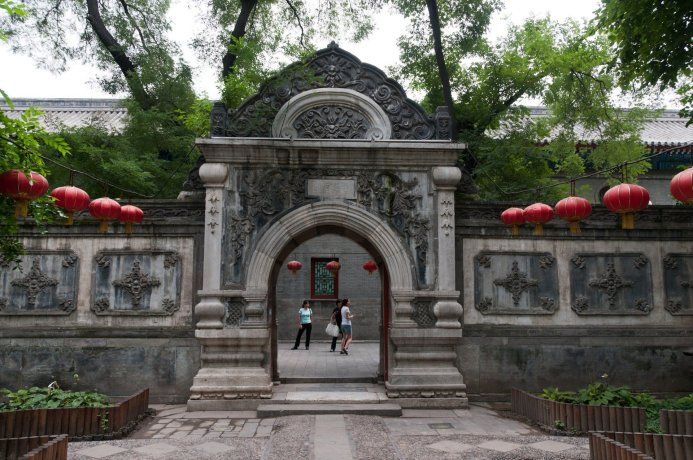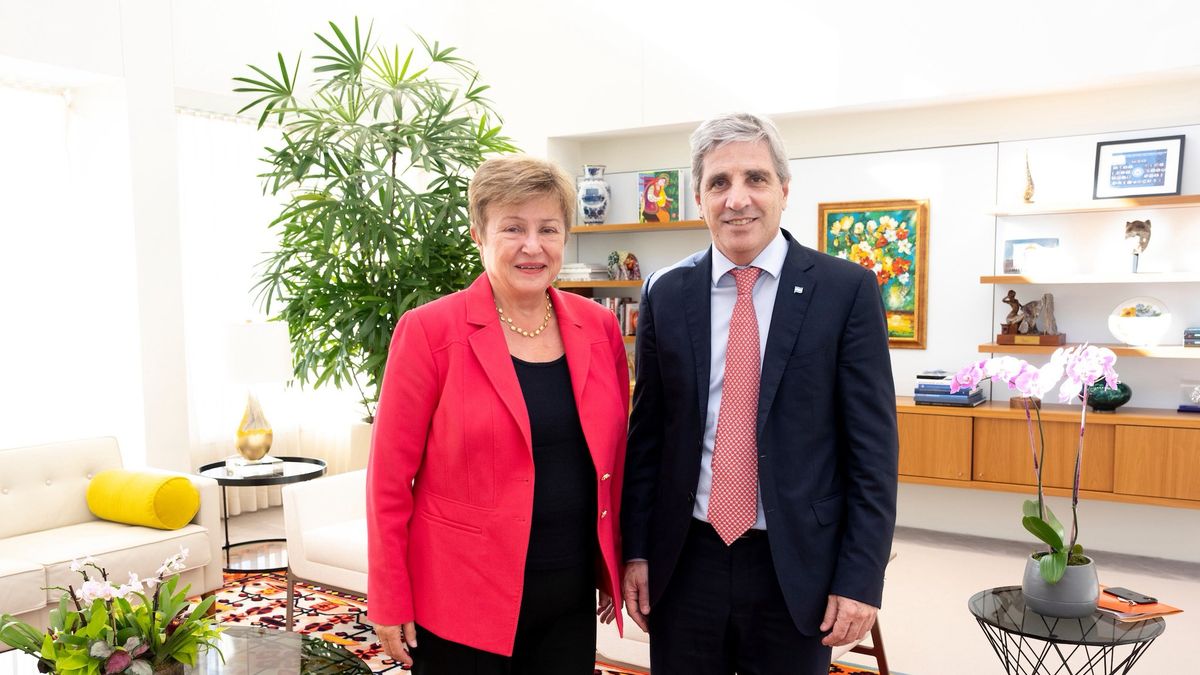An imperial palace turned into a museum: Prince Gong’s mansion offers a tour of the aristocratic life of the Qing dynasty.
In the historical heart of Beijing, China, is the Prince Gong’s mansion, considered as one of the most representative architectural jewels of the Qing dynasty. This complex reflects the splendor, intrigues and lifestyle of the Chinese imperial nobility, with centuries of history embodied in each place of property.
The content you want to access is exclusive to subscribers.
The mansion is presented as A space where tradition and memory live together. It was restored and is open to the public, so it invites you to travel its corridors and gardens to relive the luxury of the Chinese Imperial Court, to discover the political and cultural background that marked the China of that time.


Prince Gong Mansion in Beijing

The story of Prince Gong’s mansion in Beijing
Prince Gong’s mansion is one of the most imposing residences of the Qing dynasty. It was originally built for Heshena senior official of Emperor Qianlong, famous for both his power and corruption that led him to his fall. After its execution, the property passed to the imperial family and was later granted to Prince Gong in the nineteenth century, where its current name arises.
Throughout its history, The mansion was the scene of political intrigues and symbol of opulence of the Chinese aristocracy. It represents not only a luxury residential space, but also a reflection of the splendor and decline of the Qing Court. Over the years, the complex suffered deterioration, but the modern restorations recovered him as One of Beijing’s greatest architectural heritage.
Prince Gong’s mansion is considered a Cultural testimony of imperial China, where architectural art is combined with the weight of political history. It is also an example of how the private spaces of the nobility were transforming into public spaces for memory and tourism.
Prince Gong Mansion in Beijing

How is Prince Gong’s mansion in Beijing
The complex occupies around 60,000 square metersdivided between residential areas and an extensive garden. Its constructions follow the traditional style Siheyuanwith more than 30 patios surrounded by pavilions and ornate rooms, designed with symmetry and luxury characteristic of imperial architecture.
The garden is one of the most attractive points: it has ponds, artificial hills, winding trails, rest pavilions and rocks around the vegetation that recreate natural landscapes in miniature. Its design responds to Chinese aesthetic ideal of Balance between nature and architectureoffering the visitor an contemplation space.
Inside you can also see historical objects, inscriptions and decorations that show the artistic refinement of the time. The mansion thus combines the greatness of the noble life with the serenity of the classic gardens, becoming an essential place for those who seek to understand the cultural heritage of Beijing.
Source: Ambito
I am an author and journalist who has worked in the entertainment industry for over a decade. I currently work as a news editor at a major news website, and my focus is on covering the latest trends in entertainment. I also write occasional pieces for other outlets, and have authored two books about the entertainment industry.




